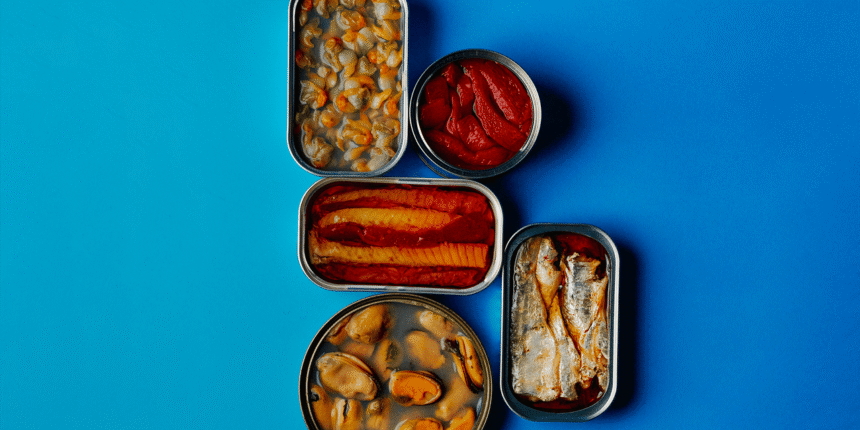What if you’re vegan or plant-based? It’s trickier to hit that 75-plus grams of protein recommendation, but with some planning, the experts say it’s doable. Adair suggests focusing bigtime on legumes—like beans, peas, lentils, edamame, and peanuts. Other vegan protein sources like tofu and tempeh also make for great meat substitutes (and serve as blank canvases for flavor). And don’t forget about high-protein grains like oats and quinoa. You may have heard that all of these plant proteins aren’t complete proteins like the animal ones, meaning they don’t contain all nine essential amino acids; this is largely true, but they all generally lack just one or two of them—and not the same ones. So eating a wide variety of them can give you the equivalent nutrition as complete proteins.
6 tips for eating enough protein on a GLP-1
1. Find protein-rich foods you actually enjoy.
It can be tough to take down 75-plus grams of protein daily when your appetite has been slashed by a GLP-1. Trying to hit that goal with foods you don’t really like will just make it more of a chore, Adair says. She often encounters clients who are choking down chicken breast or tofu or powering through meal replacement drinks without pausing to consider if there’s a more pleasant way. “The habit is more likely to stick and your quality of life will be better if you take some time to experiment with protein and find the things you like,” she says.
2. Break it up throughout the day.
The more you spread out your protein intake, the easier it may be to fit it all in. Lynn-Pullman encourages clients to experiment with having five or six smaller protein-rich meals throughout the day. Eating a little bit every couple of hours, including 30 to 45 minutes after any workout, can help you avoid that uncomfortably full feeling, she says.
3. Eat the protein first in each meal.
Filling up on starchy components of a meal like pasta, bread, or potatoes can make it harder to stomach the protein afterward, Lynn-Pullman points out. So she encourages her clients to focus on the protein source first. With sandwiches and bowls, this may be trickier, but the point is to be strategic about your order of operations, if you can.
4. Separate your food and drink intake.
When you’re on a GLP-1, your stomach empties more slowly. So if you chug a beverage right before eating or continually drink one as you nosh, the liquid may wind up competing for real estate in your stomach with the food, making it tougher to eat a full meal’s worth of protein, Lynn-Pullman says. Hence why she recommends separating your food and fluid consumption throughout the day. If you feel the need to wash a bite down, it’s okay to take a small sip, she says, but generally focus on hydrating more outside of mealtimes.
5. Supplement with protein powder or premade protein shakes.
As with any other nutrient, protein is best consumed in whole foods, where it naturally exists alongside other macros like carbs and fat as well as micronutrients like B vitamins, iron, zinc, and calcium. But the experts say it’s a good idea for people who struggle to get enough via diet alone to supplement with protein powders or premade shakes.
Read the full article here



